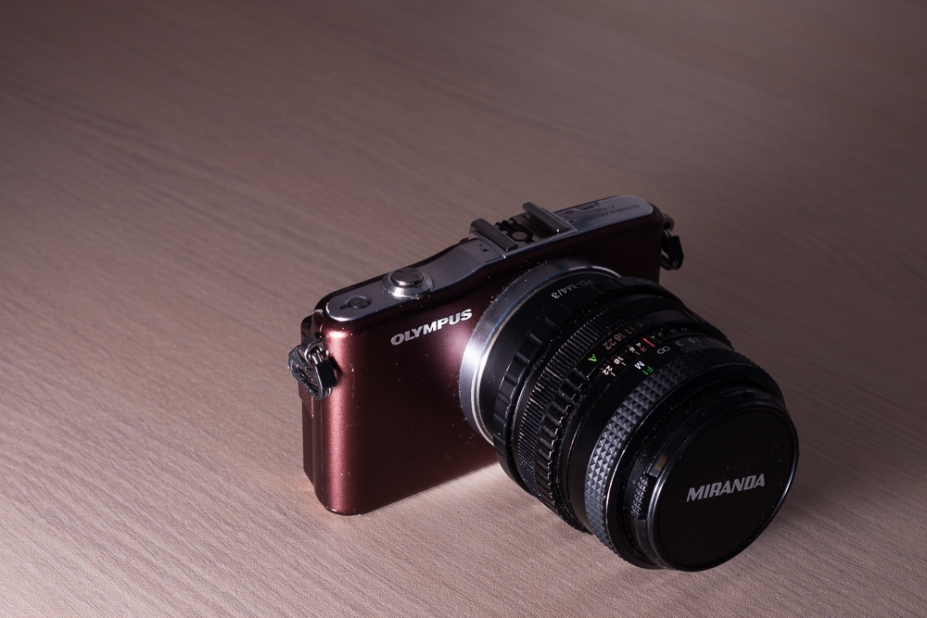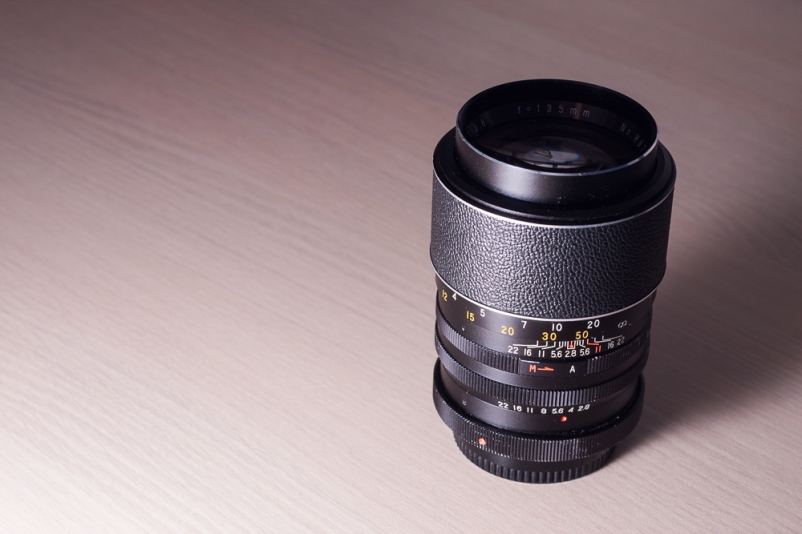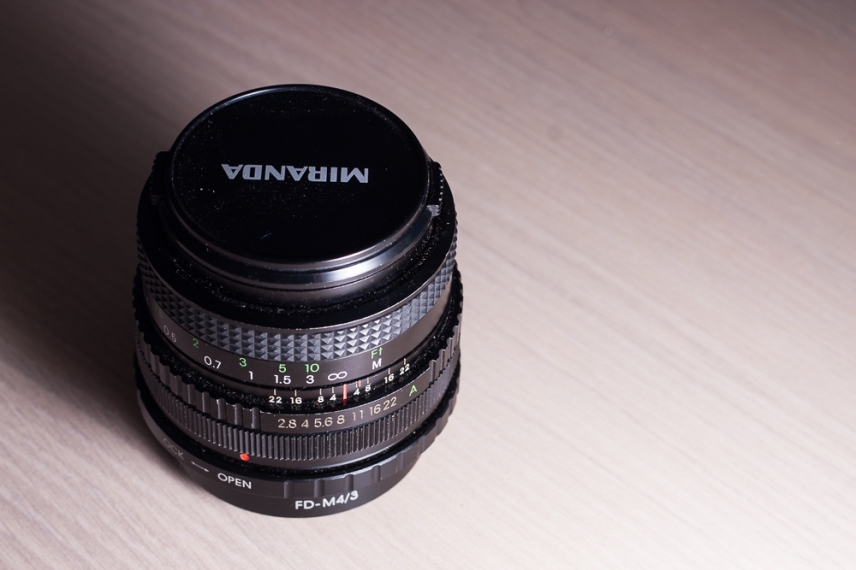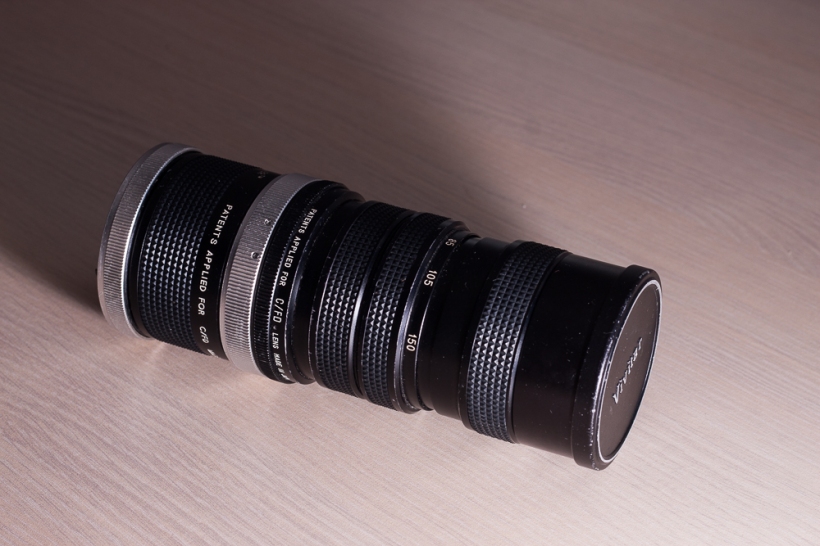So, you got yourself an adapter and now you can mount all your wonderful FD or M43 lenses on your big fancy DSLR. Congratulations! The questions is, are they good enough?
The thing is, they are old lenses, and you probably got them for cheap. I mean, yeah, you could spend 1000 dollars on a Canon FD L lens, but then, what’s the point? For 1000 dollars you can get a brand new L lens. I mean, the reason you get into this old lens thing is for the price and the amount of fun you can have with those lenses. If you pay too much for them then you’ll loose AF and the electronic comunication between the lens and the camera that you would find in a standard EF mount.
For fun sake, adapted old lenses are great and are a blast to shoot. You can get so many different effects for really not much. Personally, I got a 135 f2.8, so I got the longer prime lens covered, a 28mm f2.8 so I got your standard focal length covered and a 70-150 zoom lens which also doubles as a great macro/close-up lens. All of this for around 100 dollars gives plenty of opportunities.
1. What do you gain?
The bokeh from the 135 mm lens is fantastic. Basicaly, what you get is a lot of variety for a really afordable price tag.
In terms of focusing, you get things you might not normally receive in modern lenses. First, they all have LONG focus throws and buttery smooth focusing rings (at least mine do). For an example, my 135 has an aproximate focus throw of 270 degrees. Yep, you read that well! No need for glasses…
Also, you get a distance scale. That’s great for quick and easy focusing. Plus, it gives prefocusing a real ease of use.
Also, some may prefer having a physical aperture ring. This is great especially for those who have single digit entry-level camera bodies, since they don’t have to press combinations of buttons any more in order to change basic settings.
2. What you lose?
It’s the handy modern features you get as a standard in all modern age lenses that you lose.
First of all, it’s the AF. For sports, for example, the lack of auto focusing is a big NO NO.
Also, old manual lenses don’t have electronics built-in. What this means is that they can’t communicate any information to the camera, and that means no aperture reading, which might stop you from using some of the creative modes (P,A,S,M).
Another thing you lose is sharpness. Look, theese lenses are made with really old technology, so expecting them to perform flawlesly wide open is like expecting a Vauxhall Astra to catch up with a Ferrari in a car chase. Well, at least if the driver is not stupid enough to crash… Than, things might change a little… Still, let’s get back to the subject! Theese lenses don’t excel in sharpness. While you can get usable results, they are no match, in my opinion, to modern day glass.
3. So, why bother?
Because it’s fun! There is a real joy in thinking creatively while using theese lenses, a joy you might not find in modern day lenses. So, after you let down your chunky DSLR after a big shoot, on weekends, think of experimenting and slowing down by using manual lenses.
Facebook: https://www.facebook.com/stupariufiliptudor
Twitter: @tudoraxr
G+: https://plus.google.com/117323268606776694097/posts
Instagram: @tudoraxr